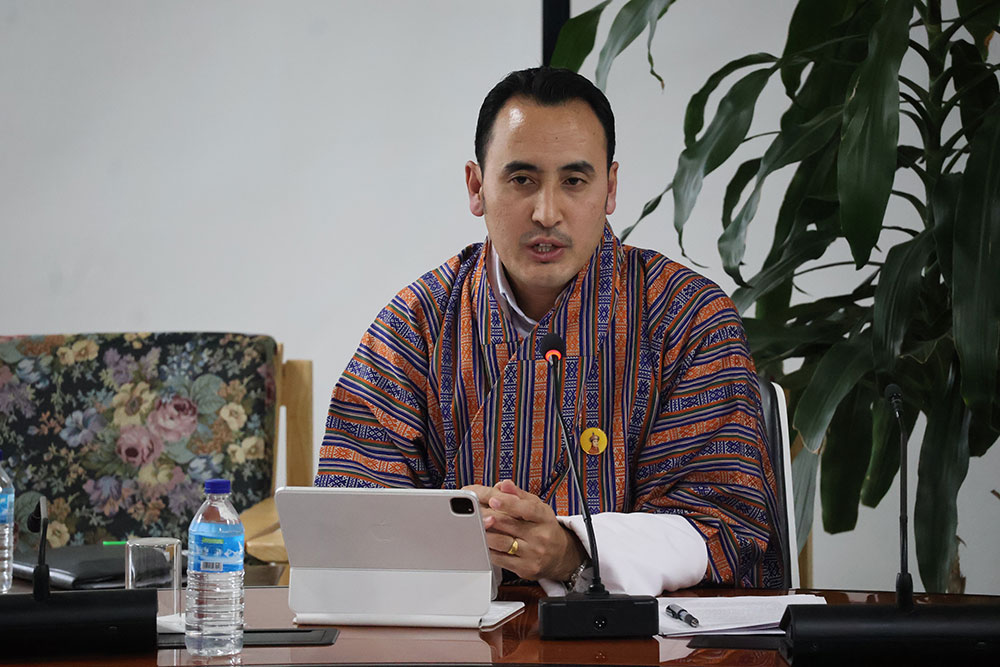
In a proactive move to address youth unemployment and skills mismatch, the Ministry of Industry, Commerce, and Employment (MoICE) in Bhutan is set to launch several initiatives aimed at empowering young people and fostering private sector growth. During a Meet-The-Press session on December 6, 2024, Lyonpo Namgyal Dorji emphasized the importance of these programs, highlighting that while youth unemployment remains a challenge, the rate is gradually decreasing [361f6092].
The MoICE plans to introduce programs such as Entrepreneurship Development Training and Technology Entrepreneurship Programmes, which are designed to equip young individuals with the skills necessary to thrive in the job market [361f6092]. Additionally, the Bhutan Labour Market Information System (BLMIS) will be utilized to provide real-time data, ensuring that educational institutions can align their curricula with the current employment needs [361f6092].
These initiatives are part of a broader strategy to diversify Bhutan's economy, reducing reliance on civil service jobs and encouraging entrepreneurship among the youth. Key components of this strategy include integrating entrepreneurship education into school curricula and supporting startups through Business Incubation Units and Fablabs [361f6092].
Furthermore, the Economic Stimulus Plan will offer financial assistance to budding entrepreneurs, with a focus on gender inclusivity and promoting rural entrepreneurship [361f6092]. The Greater Bhutan Innovation Corridor (GBIC) is also being established to support technology startups, fostering an environment conducive to innovation and growth [361f6092].
Overall, these efforts reflect Bhutan's commitment to creating a more dynamic and resilient economy by aligning educational outcomes with market demands, ultimately empowering the youth to become active contributors to the nation's development.